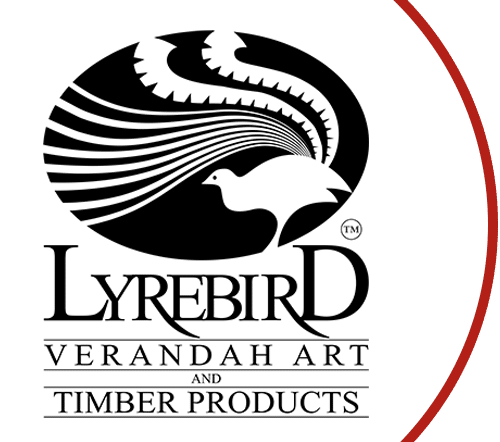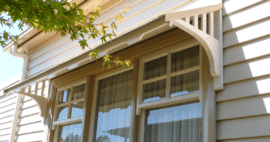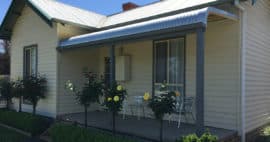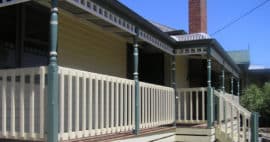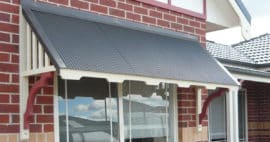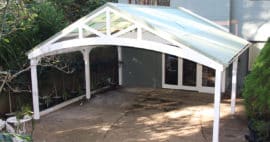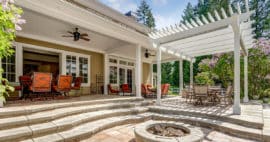LOSP treatment provides cost effective, long term protection against termite damage to the structural elements of a building. Find out its benefits and what you need to do before painting your outdoor timber components with acrylic paint.
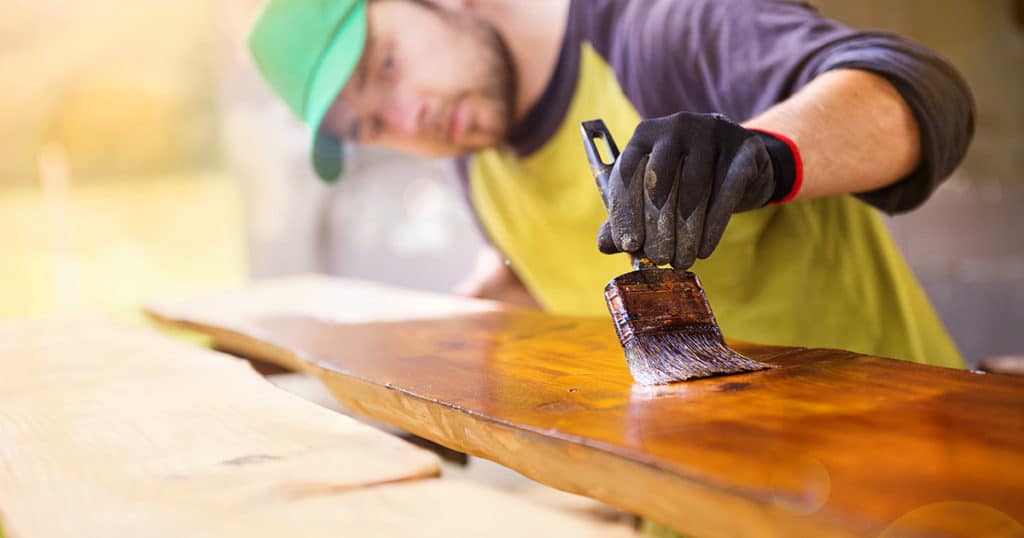
- LOSP treatmentconforms to Australian Standards and the Building Code of Australia requirements
- It works and handles like normal dry structural pine softwood
- It’s non corrosive and non conducting of electricity. It’s safe for users, owners and the environment
- The material is processed utilising vacuum and pressure impregnating the chemical into the cellular structure of the timber
- The process doesn’t wet the timber, so no swelling or distortion of the timber occurs. Components can be cut to size prior to treatment
- LOSP treated timber is non-corrosive to bolts or nail plates
- LOSP treated timber can be painted, stained or oiled. If painting is required, oil based undercoats are recommended
- Unpainted surfaces exposed to the elements need regular applications of a high quality timber finish
- Any residual solvent evaporates after 8-12 hours of opening a pack, leaving the timber odour free
- LOSP H2 & H3 can be used Nationwide – there are no regulatory or geographic restrictions
- LOSP treatment is resistant to the most voracious termites
Frequently asked questions
Q Is the product safe for people using it, and for the homeowner?
A The only thing left in H2 LOSP termite resistant timber in the long term is a synthetic pyrethroid, considered some of the least harmful to all mammals of any insecticide. Permethrin has low human toxicity and is essentially trapped in the fibres of the timber as it is essentially non volatile and non water soluble. In H3 LOSP timber there is the added organotin fungicide present, which is also has very low solubility in water. Both products remaining in the timber have had their use in these situations approved.
Q How long will the termite protection last?
A H2 LOSP timber when used in the right hazard application (dry, aboveground situations) is designed to last at least for the economic life of the structure or greater than 25 years.
Q Does treatment affect strength or dimensional stability of the timber?
A Independent test have shown no negative effect from the treatment. There will also be no dimensional change from the treatment.
Q Will the timber be more flammable?
A The timber is no more fire susceptible than normal untreated timber and has the same allowable use under the Building Code of Australia.
Q Is the treatment corrosive?
A No, bright steel fittings are suitable. Research by some the major nail plate producers indicate that there is no difference in withdrawal strength between treated and untreated timber. Same size nail plates can be used. H3 LOSP timber is intended for use outdoors and therefore the use of a galvanised or plated fastener is recommended. This should help prevent the formation of rust stains on the timber.
Q Does the treatment affect adhesives or paint?
A Extensive testing has proved that once dry there is no negative affect on adhesives or paints. Tests by leading plasterboard adhesive manufacturers confirm good adhesion to dry treated timber. Note: At all times the manufacturers guidelines should be followed.
Q What does one do about end cuts and remachining of timber?
A With good timber for treatment penetration can be right through the timber. There can be small amounts of untreated heartwood present, therefore where the end is exposed a brush on preservative can be applied. Where the cut end is butted up against a treated section, this may not be necessary, or possible. Heavily planed or rip sawn timber should not be used as this may reduce the protective effect.
Q How can I dispose of any treated wood waste?
A H2 LOSP termite resistant timber is not a hazardous waste and can be disposed of through normal waste disposal service. It may also be suitable for industrial incineration, but should not be used as heating or cooking fuel. H3 LOSP treated timber should be disposed of through normal waste disposal services. As LOSP treatment is intended for timber in its final shape and form, there should be no requirement for large industrial waste disposal.
(Source: http://www.losp.com.au/)
About Lyrebird Enterprises

As experts in the manufacture of bullnose verandah rafters, curved beams and other curved rafters, door and window canopies /window awnings and a wide range of decorative timber verandah and garden products for over 35-years, Lyrebird Enterprises are well placed to assist you with your outdoor living project. We offer specialist reproduction, new design and manufacturing services for custom curved beam, small or large-scale building projects and provide an obligation-free initial consultation.
Visit our website – lyrebirdverandahart.com
